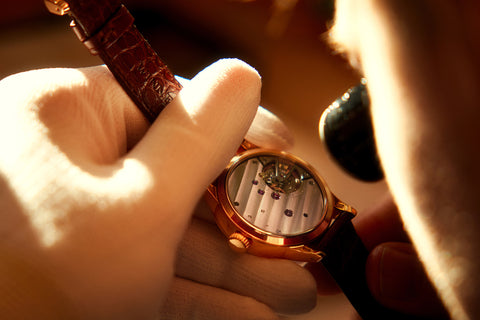

An Afternoon with Luca Soprana
Kwan Ann Tan
Perched on a small cliff overlooking a lake with snow-capped mountains in the distance and sitting right next door to a medieval castle, there is a sense that the Ateliers 7h38 sits at a distance from the ordinary world. Helmed by watchmaker Luca Soprana, this small but capable operation has hovered around some of the most intriguing pieces from watchmaking of the past 10 years, forming the invisible backbone for many names in the industry.
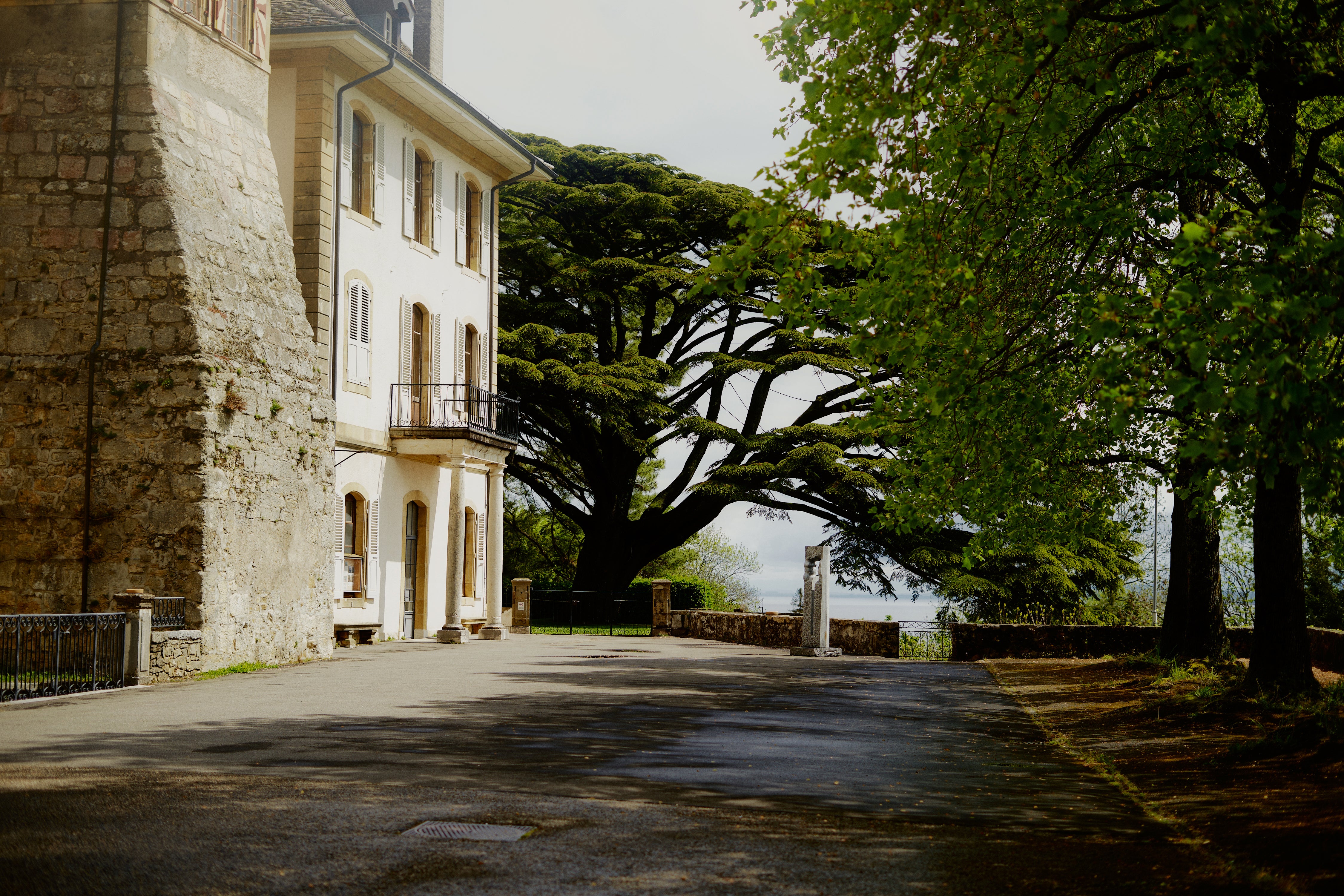

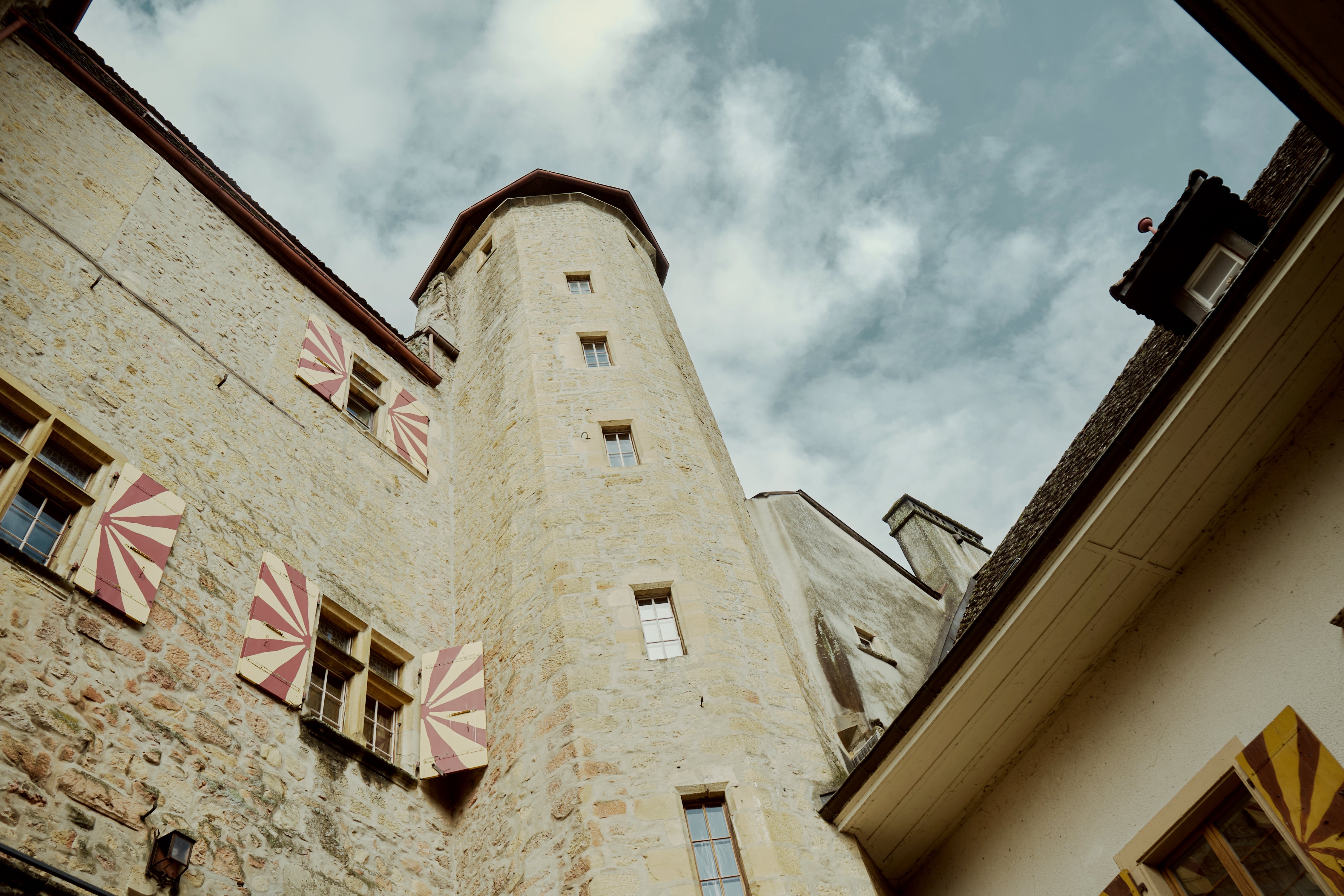

A medieval castle and an idyllic Swiss view, all just a stone’s throw away from Soprana’s workshop.
Visiting Soprana earlier this year, we arrived on a slightly grey and gloomy day, which almost immediately melted away in the face of his sunny Italian charm and boisterous laughter. Filled with a maze of machinery and littered with parts and projects of all shapes and sizes, the Ateliers 7h38 can be overwhelming at first glance, but moving deeper into the rooms and seeing the sentimental (and occasionally tongue-in-cheek) pictures on the walls reveals the vibrant, exciting atmosphere powering their work.
We spoke to Soprana about his family history as a fourth-generation watchmaker, his journey to creating his own independent workshop, as well as his philosophy of what it means to collaborate, to be independent, and to create under the names of others.
A Collected Man: Tell us a little bit about how watchmaking figured in your childhood.
Luca Soprana: Quite late, because I was always being trained to be a watchmaker. When I was around six, seven, or eight years old, I was standing next to my grandfather every day watching what he was doing. I wasn’t allowed to touch anything; I had to just sit there and watch. It was super cool.


At this stage I really loved the work, and my grandfather would always say, “Oh, but you are the only one of my grandchildren that is talented enough to be a watchmaker.”
ACM: What was your path to becoming a watchmaker?
LS: I went to university first, because my parents said that in Italy, being a watchmaker wasn’t really the best job. So, the idea was that I would study economics so I could take over the shop and do the more business part of the work. Every summer I would go to my grandfather’s shop to work, and during school days I also would go to his shop after school to work for some pocket money to buy the things that I liked.
After finishing university, I worked in communication for a bit, doing communications strategy for an industrial company. This was back in ’95 or ’97, and this was also a very new idea, the idea of an industrial company starting to have a sort of brand image. But ultimately I didn’t really like it, so I went back to working at the family shop. We were the first or second shop in Italy to sell Parmigiani watches, and we also restored the town’s tower clock.


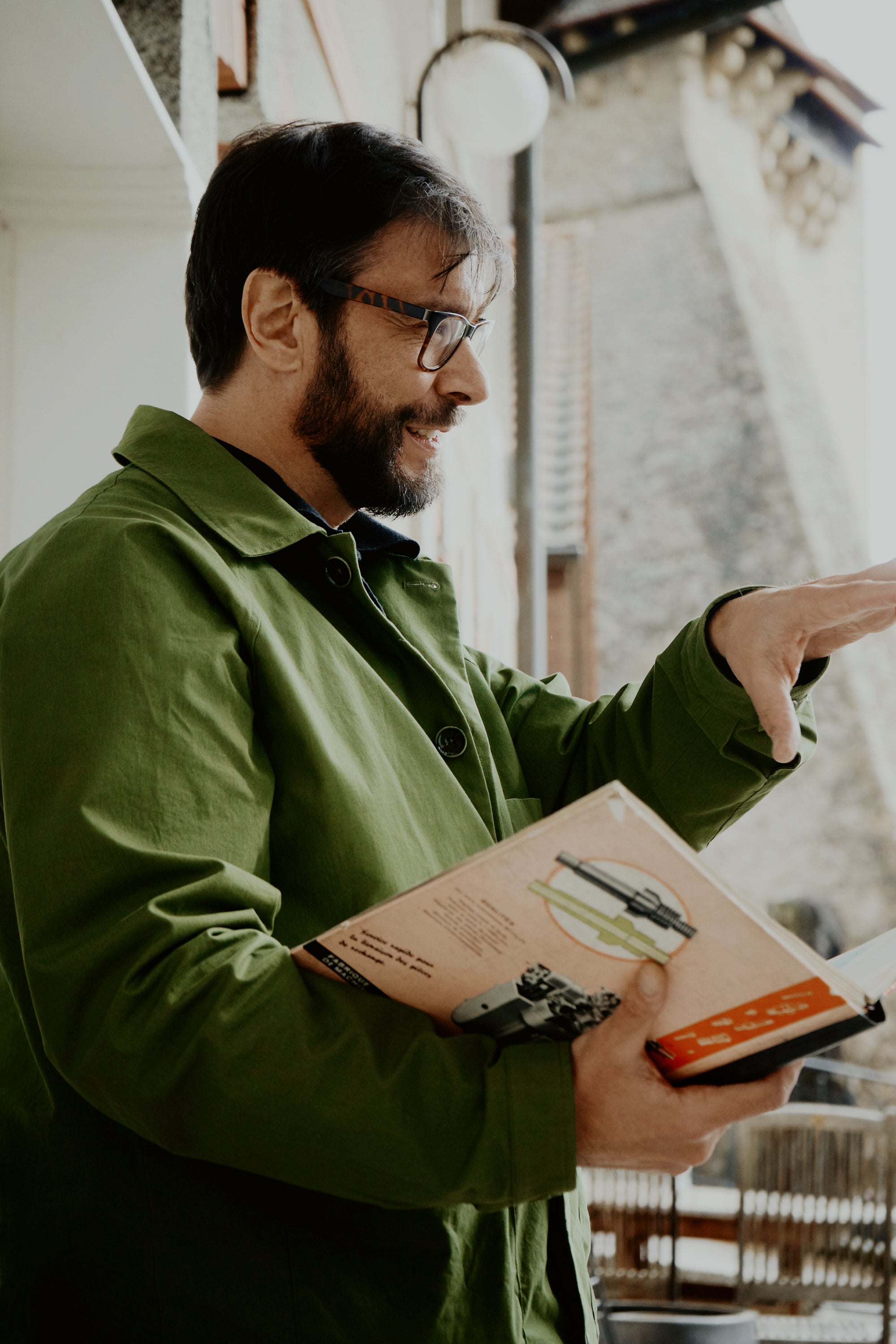

Fated to be a watchmaker? Soprana’s career has taken several turns over the course of his work.
While I was working there, Parmigiani held an exposition. They said, “Why don’t you come to Switzerland to study, and afterwards you can do the after-sales service in Italy for us?” So they helped me get into WOSTEP [Watchmakers of Switzerland Training and Educational Program], and at that time I was 26. The plan was always for me to get there, learn, then go back to Italy. When I was a student there, it just so happened that Kari [Voutilainen] was also teaching there. I never made it back to Italy – after completing my studies, my professor, Stephen McDonnell, suggested that I should apply for an assistant teacher position at WOSTEP.
At the time, I said I would go back in two, then three years, but I discovered a completely new world of watchmaking – it was not just repairing and stuff. So little by little, I developed more and more skills and my interest in the work, and I found that watchmaking was totally different from what I was used to doing, before. I really started to love it.
After your time studying and teaching at WOSTEP, what came next?
I went to work for Vianney [Halter] for five years. That was also where I learned to do construction – back then, we were really making watches from A to Z, and that is where I learned the most interesting parts of watchmaking.
When I started in this line of work, I discovered at the end of the day a lot of this work was just assembling things. But with Vianney I had the chance to really make the watch, and I discovered this was what I really liked to do. I also learned how to do machining and work on the computer, mostly alone but with some help from Vianney and from books.
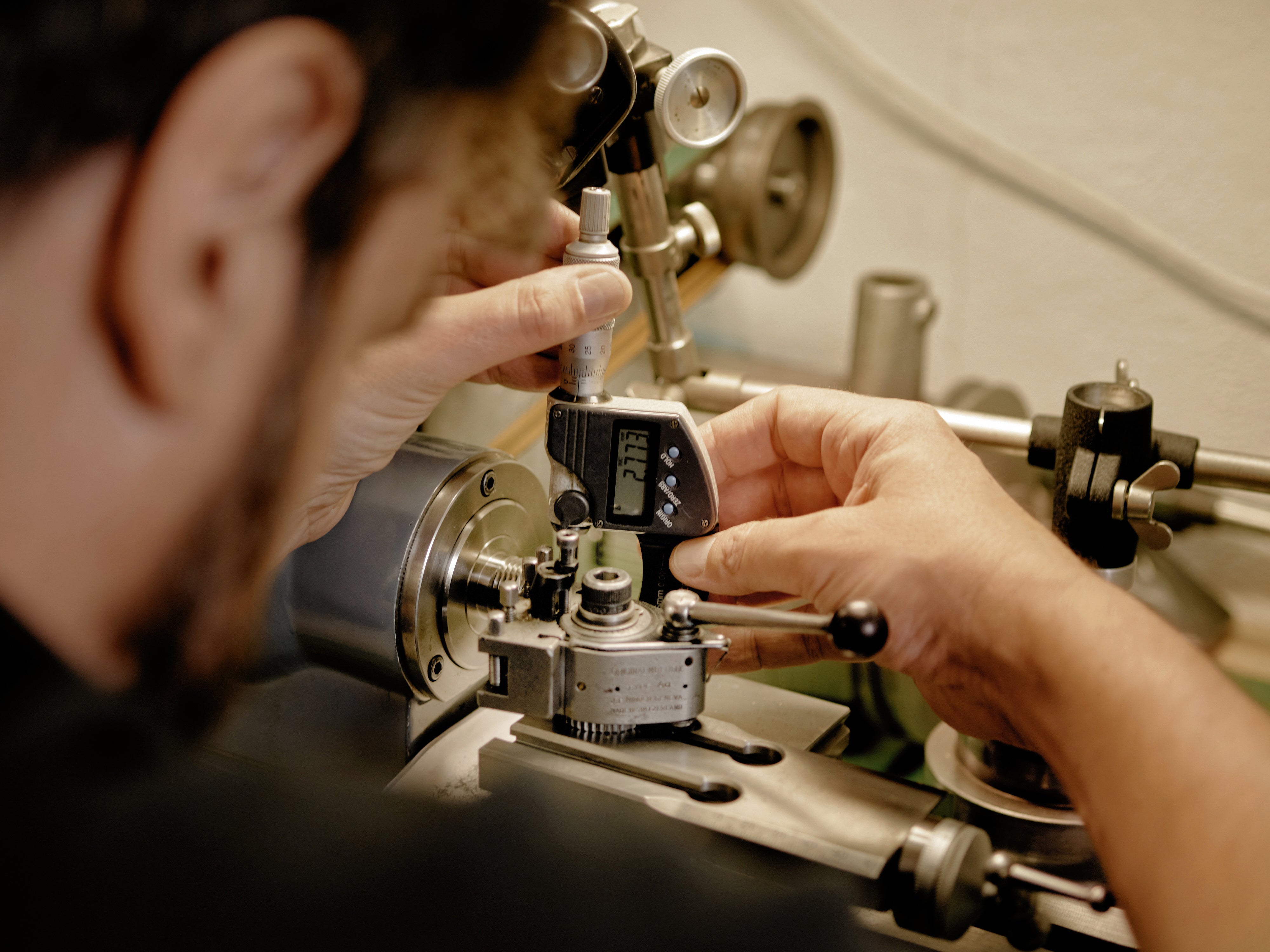

After working with Halter, you also spent some time at BNB Concept. What was your experience there like?
I was there just two years before they went bankrupt – at the same time that Rexhep [Rexhepi] was there as well.
When I arrived, I brought a totally different approach, I was pushing the watchmakers to say, OK, when we do prototyping for these watches, we will do the parts – cut the wheels, we do the pinions, we really work to make these components ourselves to save time and to be totally independent when it comes to modifications.
Then after that, your ill-fated experience with Patek Philippe and Rolex.
Yes, I did some teaching at Patek, and I found out that it really wasn’t my thing. I didn't fit in with their rigid structure.
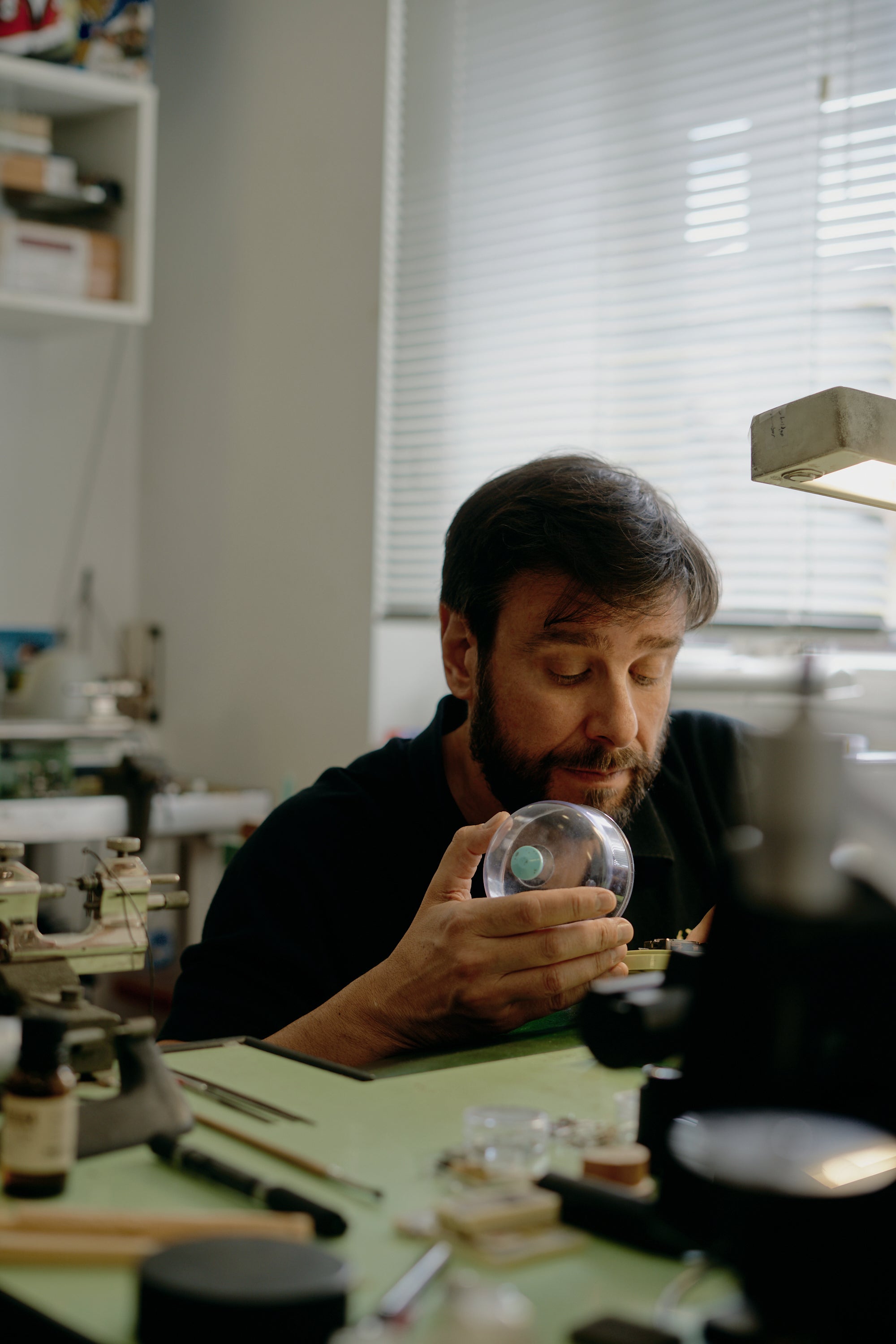

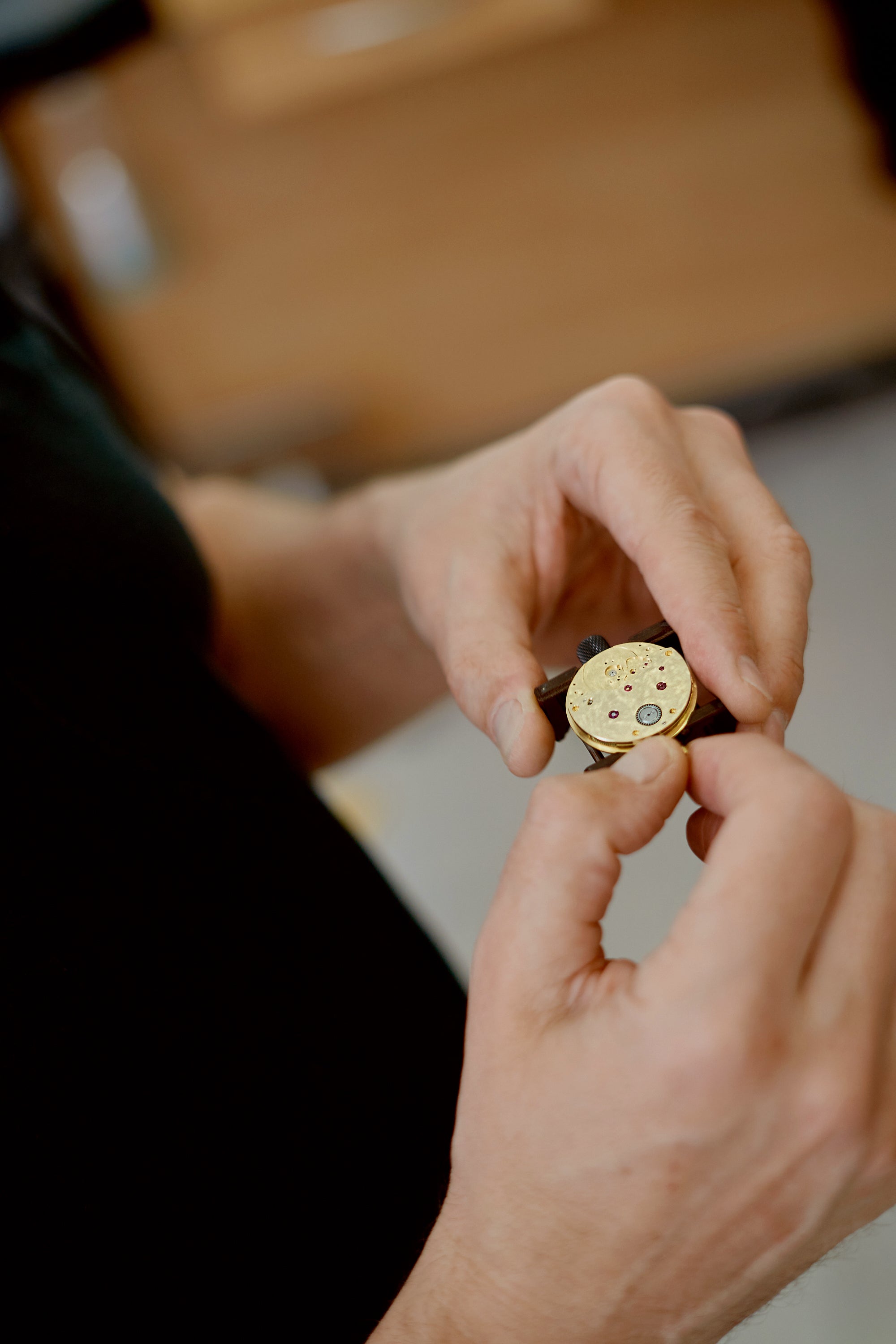

Today, Soprana’s workshop tackles various projects, flourishing under these diverse endeavours.
At the time, they were in a phase where they were trying to standardise not only production, but also their after service, so they really wanted watchmakers all over the world to not touch the watches, just change the parts.
So, I quit Patek, then worked about three months for Rolex – that also absolutely didn’t work.
What gave you the realisation that you had to create your own independent path?
Shortly after leaving Rolex my first kid arrived. I was really depressed. I went to a psychologist and asked, “It’s impossible – even if I get a super-great job, I cannot keep it. What’s going on? Why?” The answer was simply that I was not cut out to work as an employee – everything I did, I took it as my thing and I wanted to put my own style or my own theories and ethical approaches to [it]. So it was normal that I didn’t fit into the bigger Swiss companies where it was more like an army – they give you orders, and you have to execute the thing.
Actually, when I was in Patek, the first thing they told me was: “You know, you are on a big boat; you cannot push the big boat to change direction.”
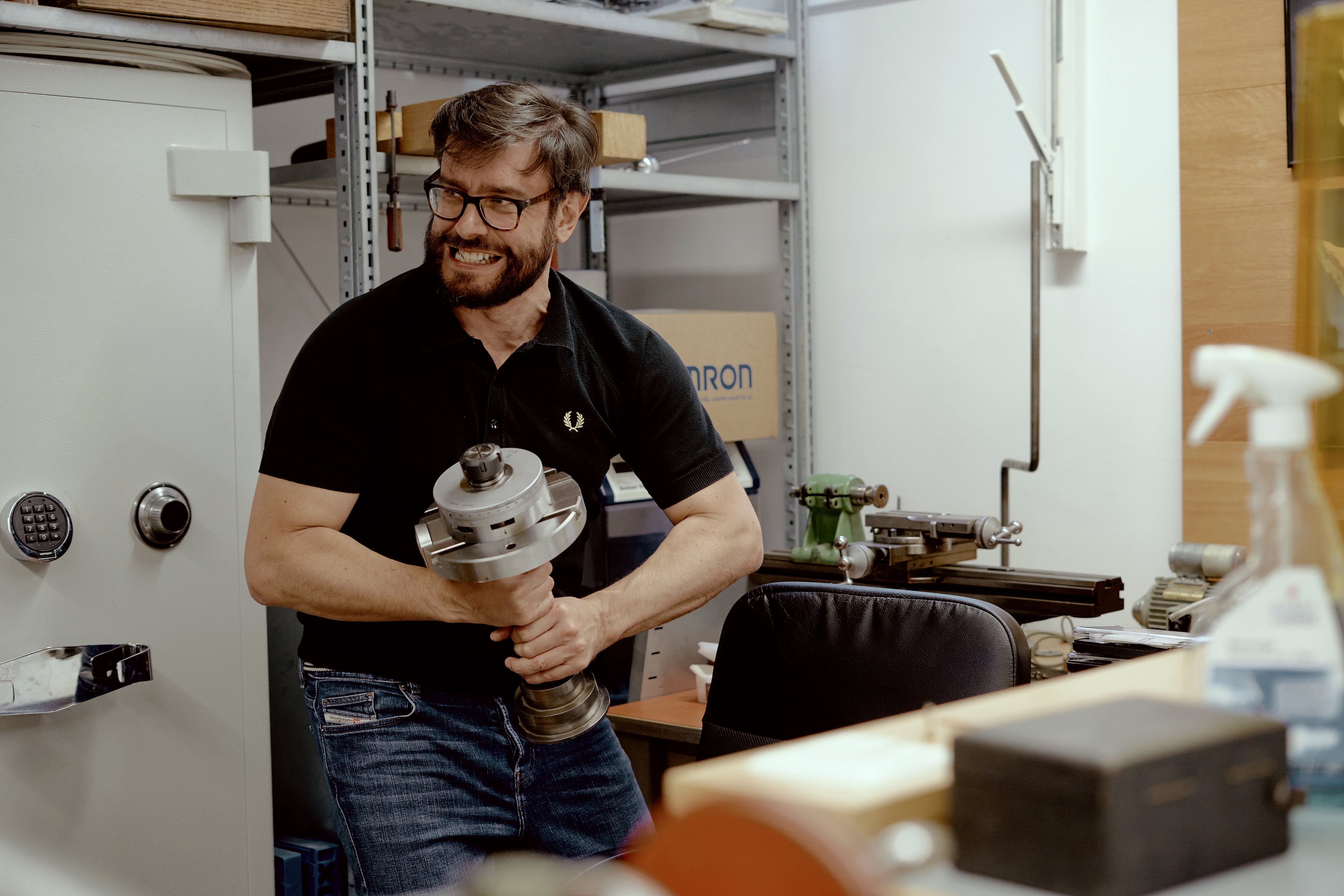

But [when] my first kid arrived, I took advantage of a perk in Switzerland where you have nearly one-and-a-half years of unemployment benefits, where you get 80% of your salary during this time. So this was when I finally got my chance to see what I could achieve.
What were those early days like?
I spent time with my child in the first six months, then I went to work as an independent watchmaker. I had this idea to develop a company where we did the development for brands, and eventually I met my business partner and started my own workshop, the Ateliers 7h38.
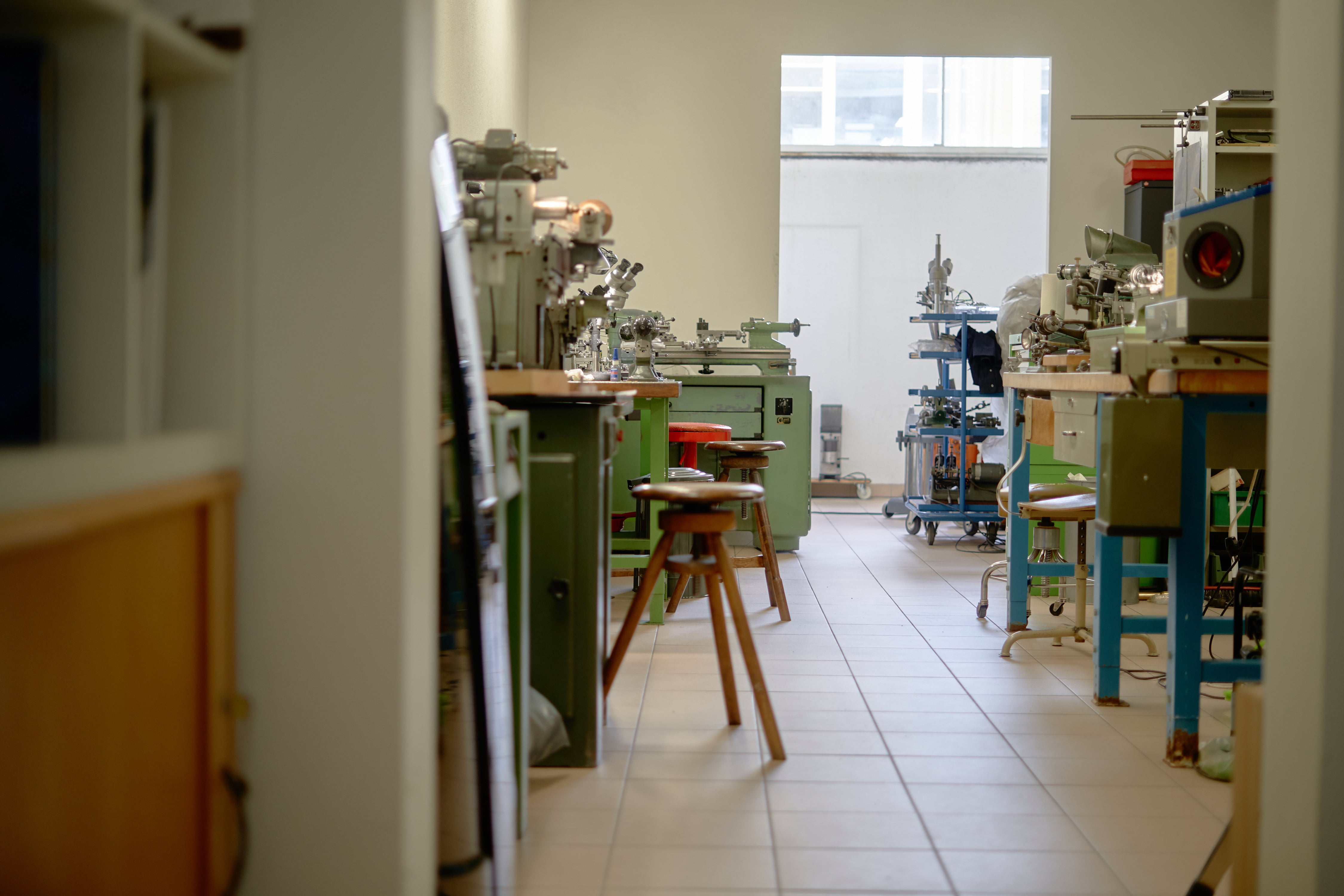

One of the first projects you worked on in Ateliers 7h38 was with Jacob & Co. How did you meet, and were these projects you always had in mind?
Jacob [Arabo] gave us the chance to do the SF24 and the Astronomia, which gave us the reputation to start developing for other brands.
The SF24 was absolutely something that I had in mind for a long time. I was inspired by Solari di Udine, the brand that developed the mechanism behind the split-flap display, and at that point, Jacob was just restarting the brand, so he was the first one that really gave us the chance to try developing something. We were already discussing the idea with other brands, but no one dared to take on the work of three young men from a crappy workshop in the middle of an industrial place to do such a project.
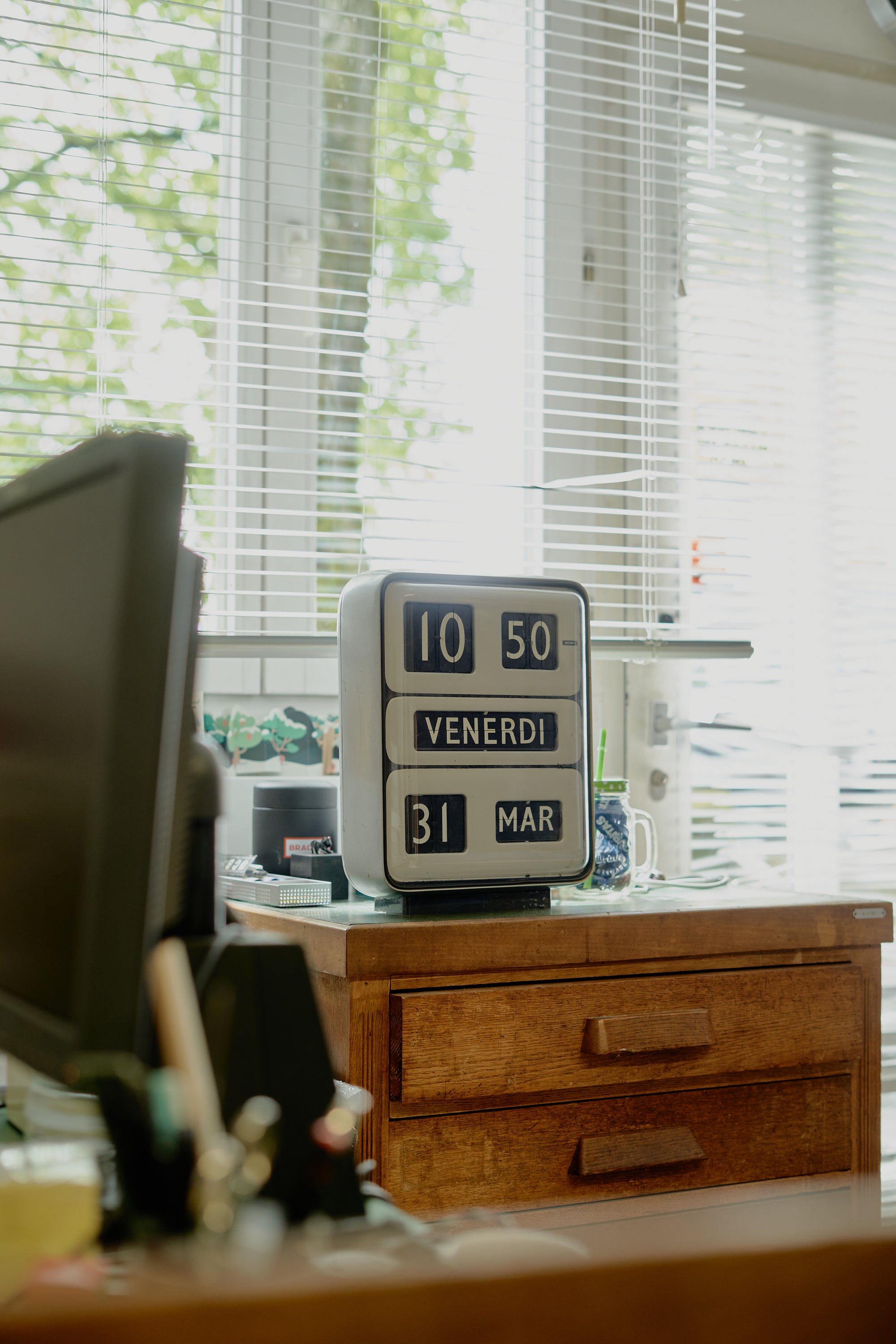

Since Jacob was really enthusiastic about the project, he said he needed something for the following year. So, at the same time, we came up with the Astronomia. The idea was to combine the watchmaking mechanics with the fact that he’s a jeweller, so we tried to use diamonds with a special cut and at the same time do some classical, traditional watchmaking. But we also tried to reinvent the architecture and structure of the movement a little bit to have nice visibility of the most interesting components.
After working on projects of this magnitude, what was next for Ateliers 7h38?
We started to have a little bit of success, so after that we did a Mystery Clock for Cartier, as well as some restoration work, and the company also grew little by little.
Then after all this came the Derek Pratt watch. I always had at the back of my mind the fact that Derek’s wristwatch project had to be finished, because I met Stewart Lesemann when he was doing the first prototype – he came up to Vianney’s workshop to finish some parts, so I had seen the watch from the very beginning.
Then when we started to work with Stewart, I asked him why the project hadn’t been finished. He told me the story, and then we went to Jenny Pratt [Derek Pratt’s widow] to ask her if we could please finish the project, because it was an absolute waste to leave things as they were.
Jenny was extremely supportive throughout the entire process, and she wanted to work with us because we deeply respected Derek’s work and were focused on furthering his legacy. After that, we worked with Ron DeCorte and Tom Bales, an American collector, who had bought some machines from Derek’s workshop and had always wanted to own the watch. He gave us the first prototype Stewart did for him and some investment to finish the new piece.
How did you approach the project of completing Derek Pratt’s work?
In the beginning, the idea was to repair the watch and to get it running properly. But we soon discovered that the deadbeat seconds was not running properly, and the overall functioning could be improved.
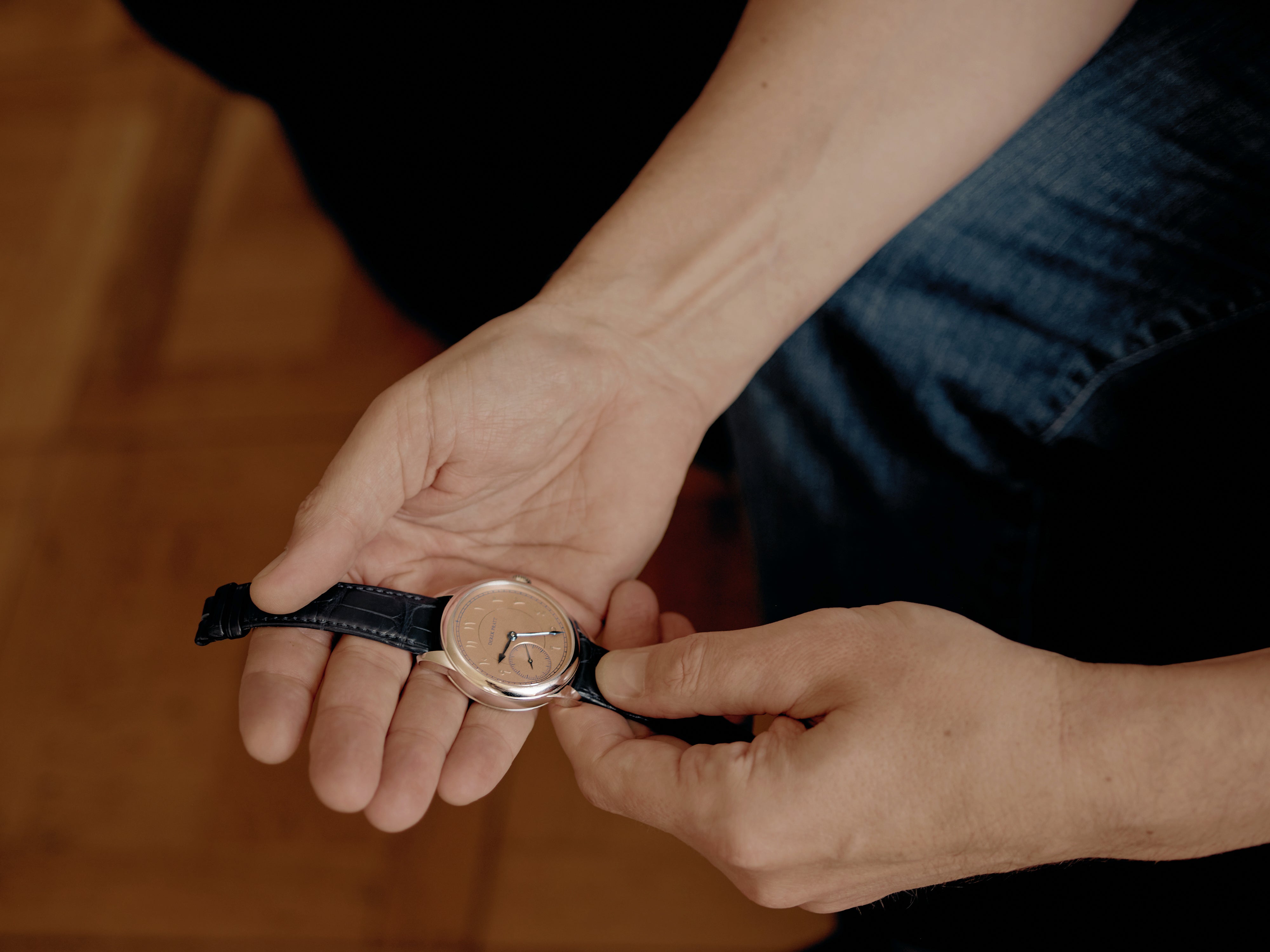

Then after we had started, I realised that the movement was too thick, and didn’t meet Derek’s aesthetic standards. So, I designed a completely new movement that I felt more accurately represented Pratt’s work: an elegant combination of Swiss and British horology styles. We created around seven pieces in conjunction with Perpétuel Gallery.
When and how did you start creating watches for collectors, instead of for brands?
When the Derek Pratt watch was released, this was during COVID. I had a few customers asking me if I could make unique pieces. So we started with a tourbillon, and then when [that] customer saw the aesthetics and everything else, he said it was a pity that we did only one, so this expanded to become 12 pieces.
Of course, a tourbillon is an expensive piece, so you don’t have access to a wider range of collectors. I always want to have collectors that sit within the 30, 40, 50,000 CHF price range – a high price, but not too high, so that normal people can buy it. For a lot of these kinds of people, the watch would be something like the top piece of their collection. They really cherish it and love it, and are happy that you have made something for them. So we really want to reach out to a wider range of collectors and make more accessible pieces.


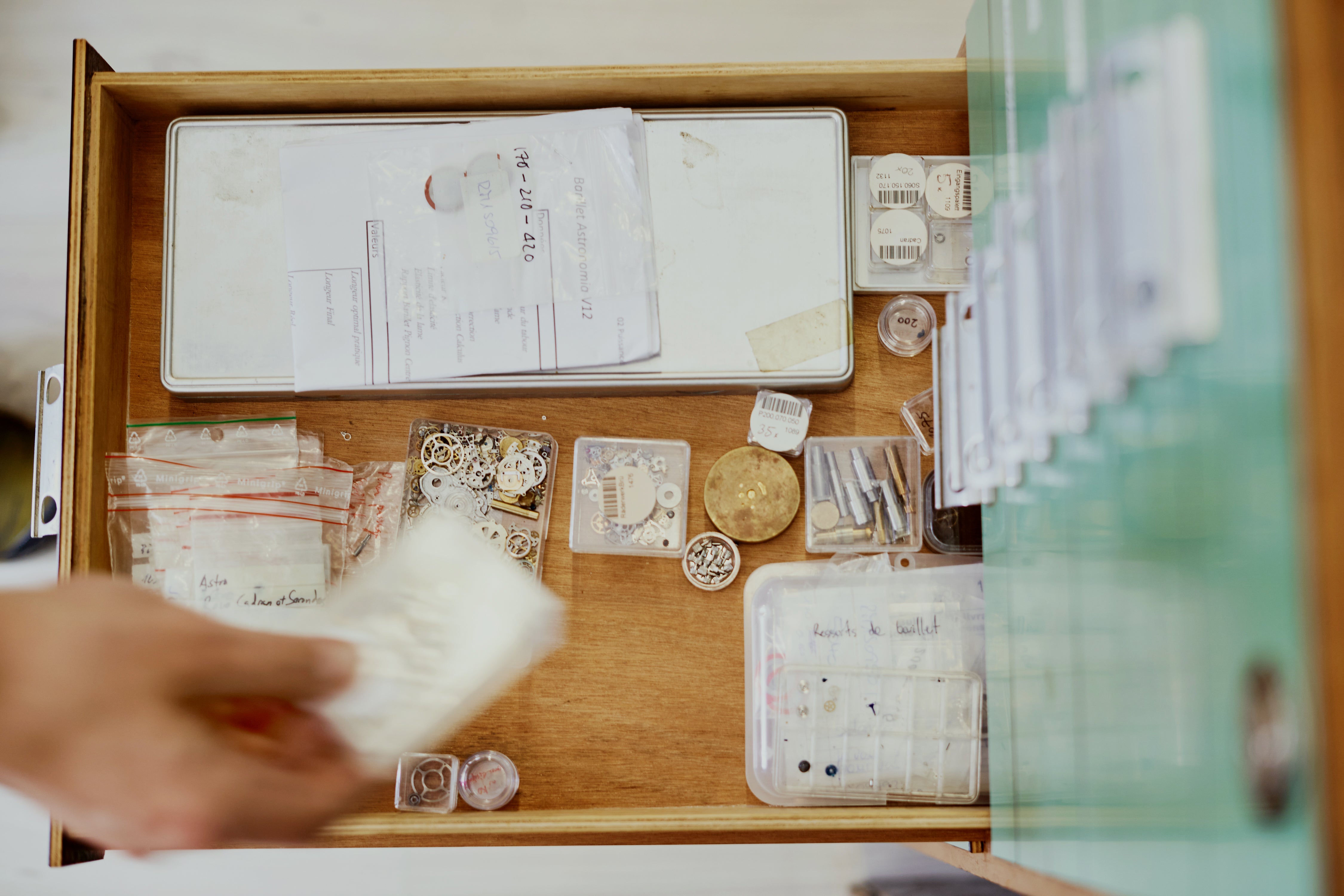

Soprana’s workshop is filled with various kinds of machinery and tools – and there are plans to expand the space further.
As a designer and developer of watches, what’s the first thing you start with?
My vision of [all] the watches I make starts with something very simple – it focuses on making the most important element visible [and] hiding everything else that isn’t important. For example, with the Astronomia I tried to find a way so that you can see the complete tourbillon from all its axes and all these different angles, so you can have many different points of view. At the same time [I wanted to hide] the components or the gearing [as] those are not important to see, and so on.
What do you think has been the most important lesson across your experience of working as a watchmaker?
Even [with] 20 years of experience in making watches, I always have this feeling that we can do everything here and do it quickly. But after you start to realise that you can make your own calibre, you can develop all your things, but it takes time. Making the components, redoing them, correcting them. Hardening, tempering, finishing – all these things take time, more time than you expected sometimes. For example, with the cam in the Derek Pratt watch, usually [a cam] takes around five hours, but for this watch it took 10 hours because you spent another three to four hours [doing] the bevelling.


A lot of your work is so collaborative. What is this process typically like?
That’s really what I love about watchmaking. I like to have a very humble approach; I come to it as somebody learning from others. I really like to collaborate with other people who have other visions, other understanding, better knowledge than I have. [Since the beginning I have always had] this approach where I am a student … My grandfather told me that I had to watch, and he always said that you can even learn watchmaking from a shoemaker. Everyone brings to the table something that you can use to improve your skills.
I like the idea that it’s cool to collaborate with other watchmakers, other people. I never had the will to put my name on the dial or the watch – to me, it’s not important. I don’t do watches for social success or to have a position in society. I do it for the respect from other watchmakers and other people in the industry who understand, or the collectors. To me, what is important is the product.
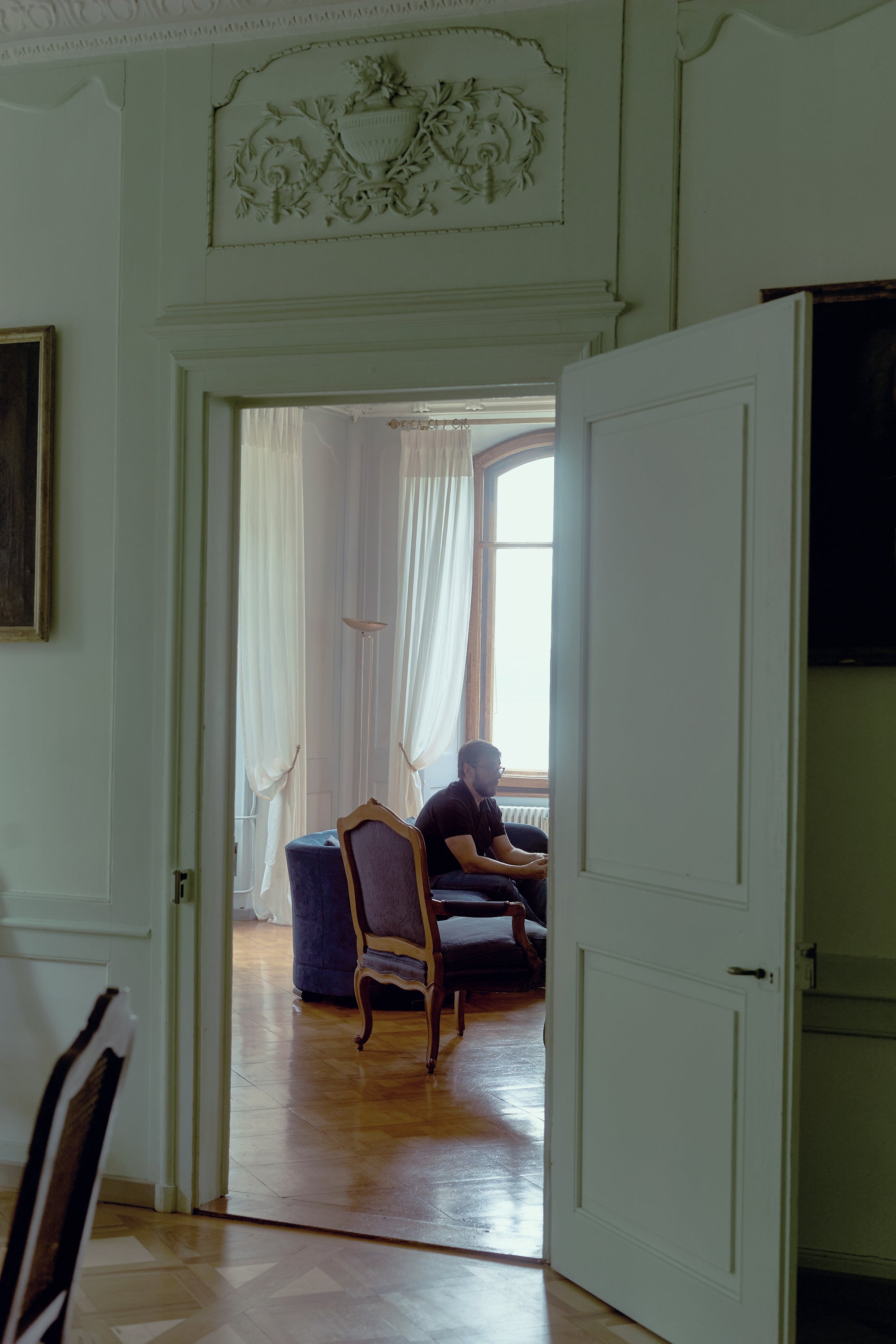

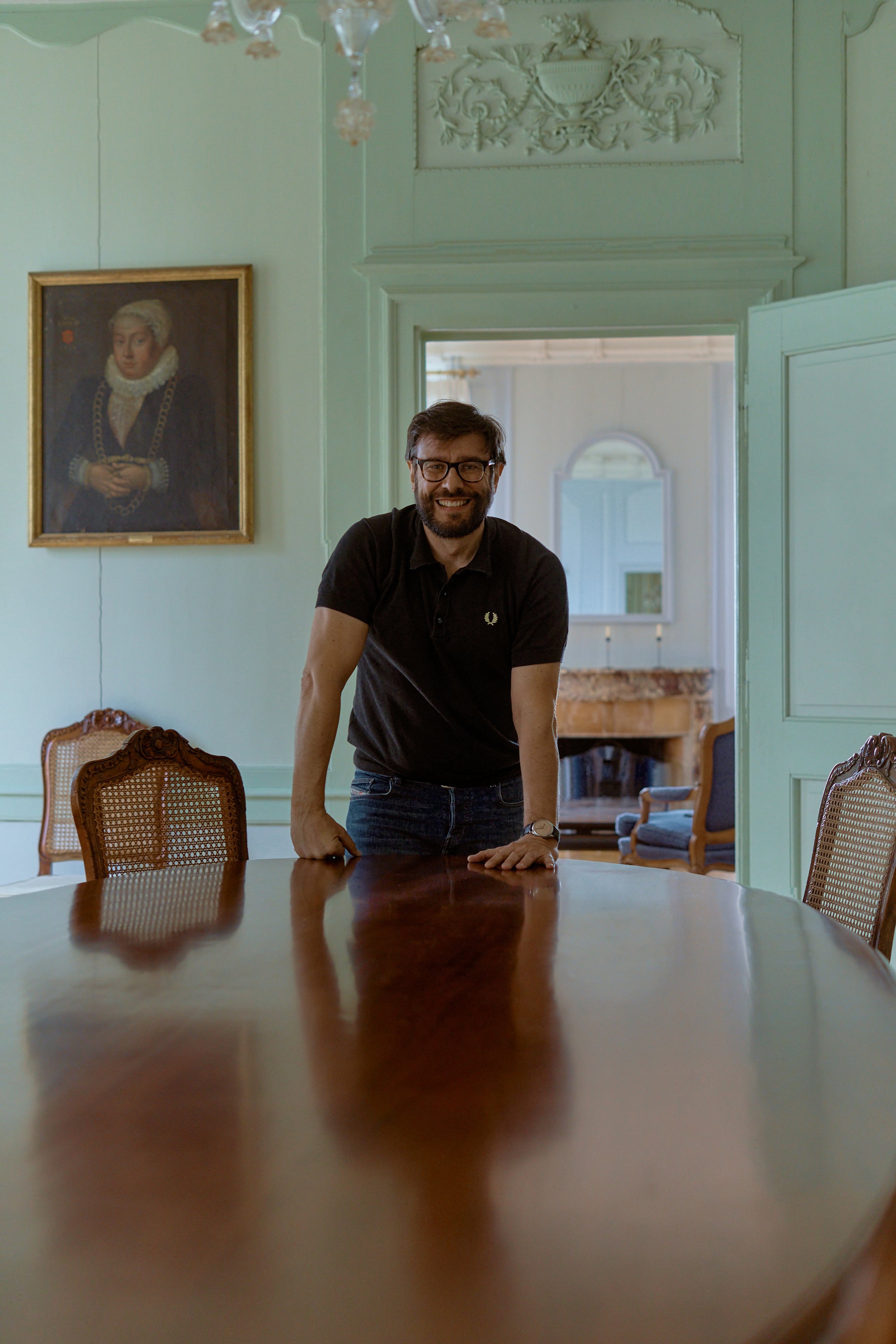

In recent years, Soprana has begun to emerge from the shadows, gaining a reputation as a household name for the work behind the scenes – time will tell how things develop, but there are certainly exciting things on the horizon.
This is also because for 20 years we’ve been doing development for others, so my name is never important. The brand is important, and the success has always been there, because I make their watches as if they were my own. All the watches we’ve talked about today are watches that I would have liked to do, or that someone gave me the chance to try some mechanism that I wanted to try, and they are all watches that I like in most of their aspects. It’s difficult for me to do something that I don’t like.
On the other hand, when I do these watches, it’s always in a way that even if it takes more time or effort, I have to put my touch on it. It has to be something that looks nice to me. But that’s always perhaps why my style is quite eclectic, because at the end of the day I like classic watchmaking, and I think it’s important to respect that style.
Our thanks to Luca for showing us around his workshop and part of the world.
Photography by Jana Anhalt.






















































































































































































